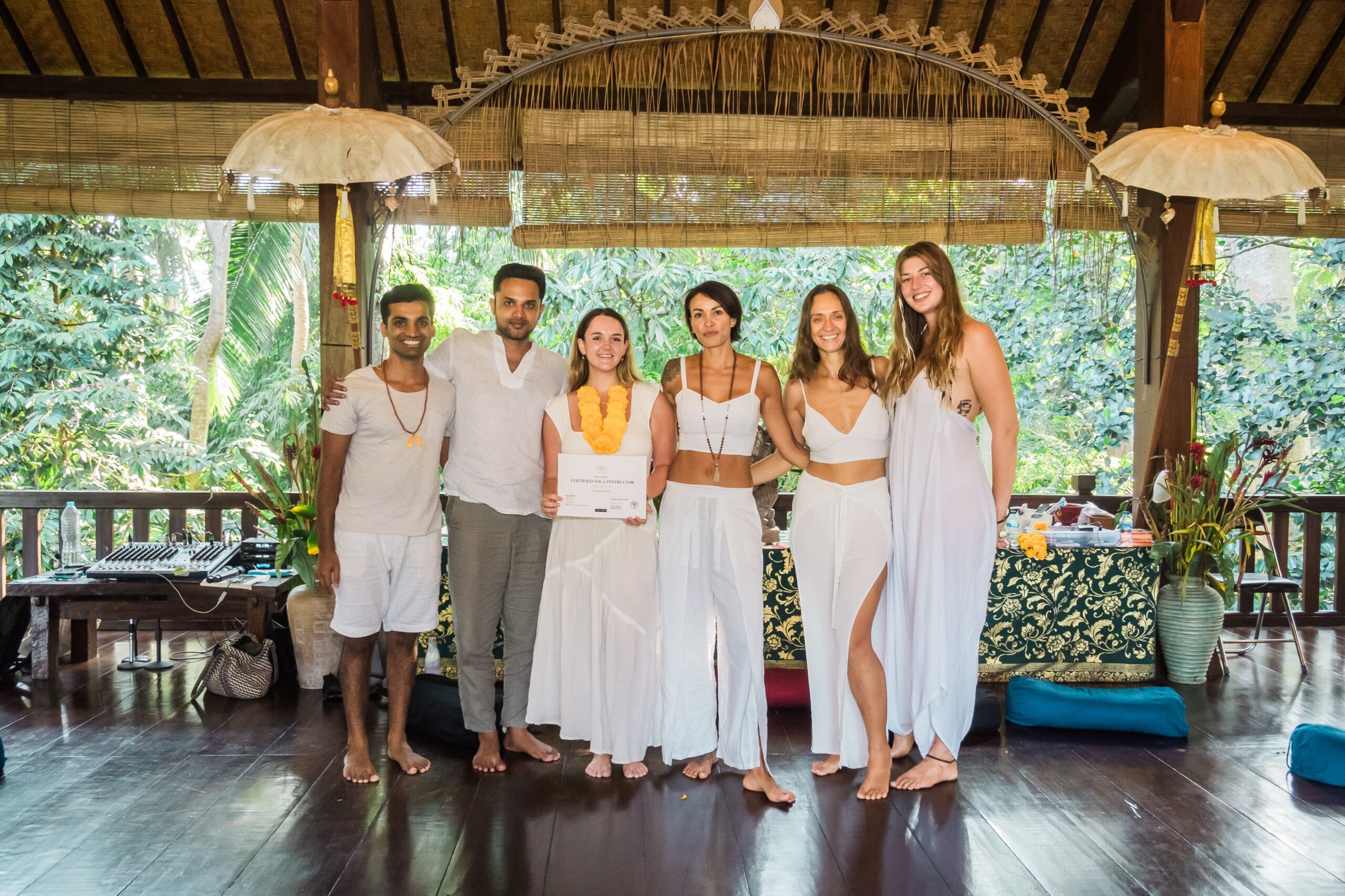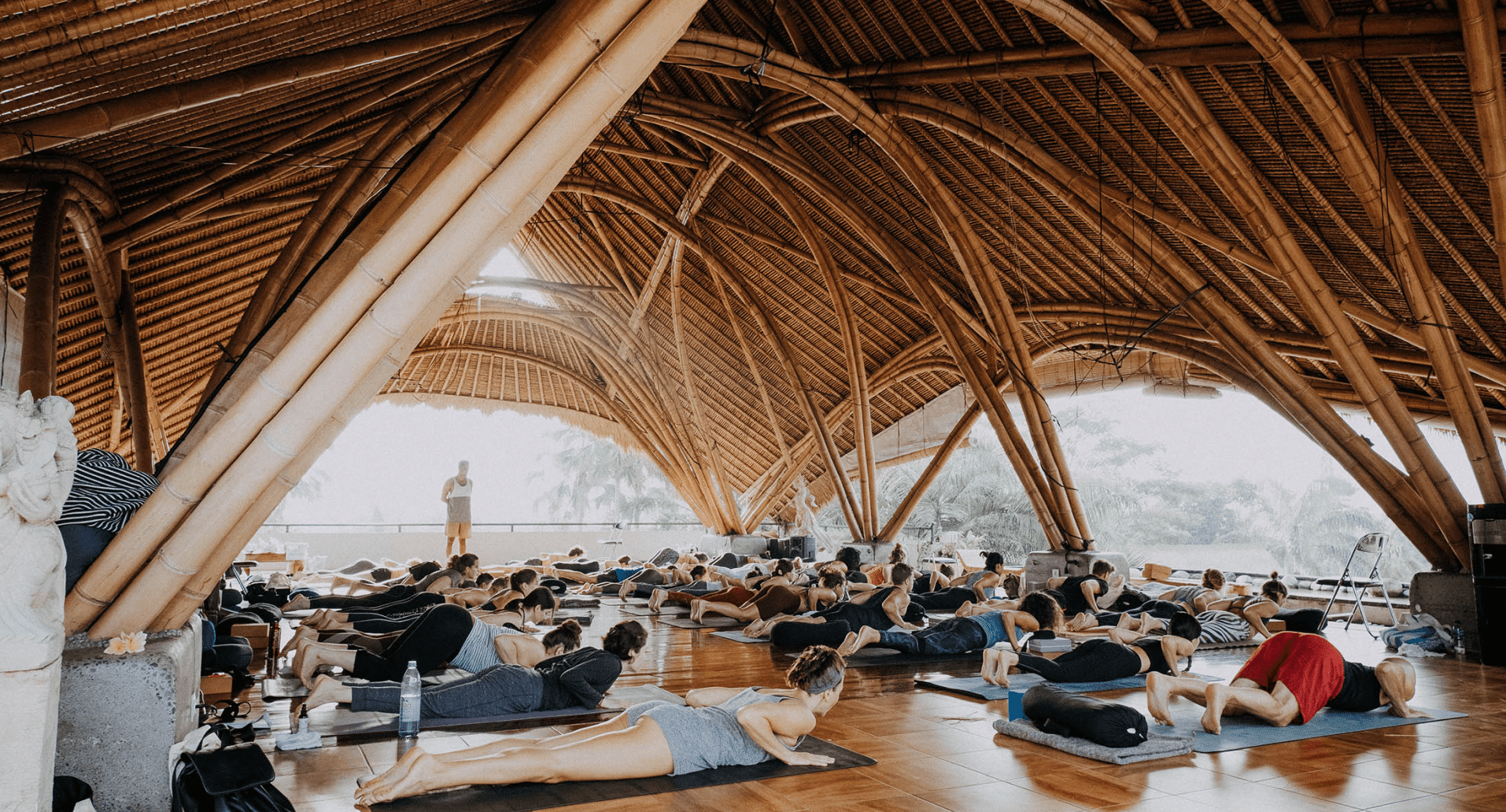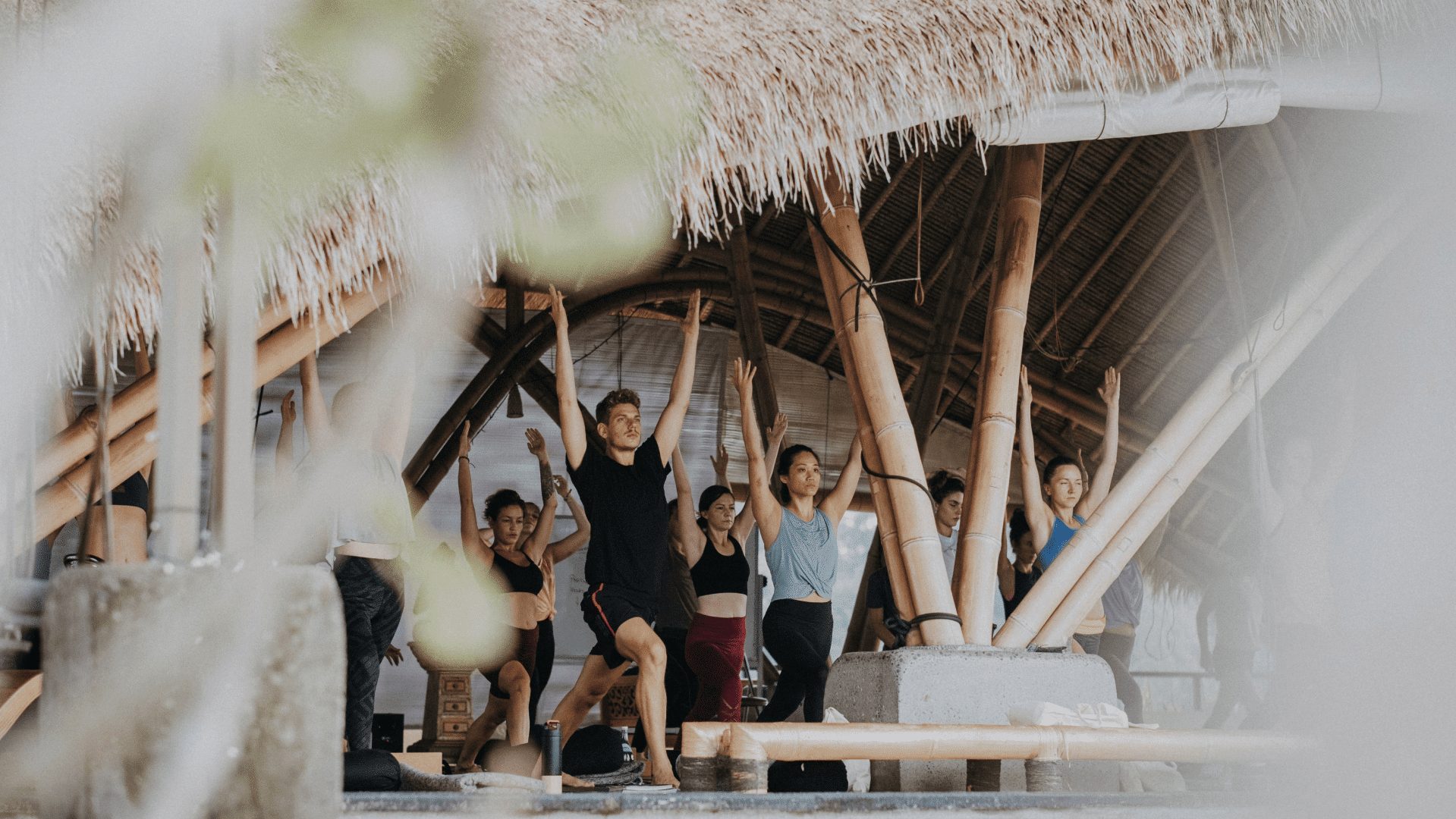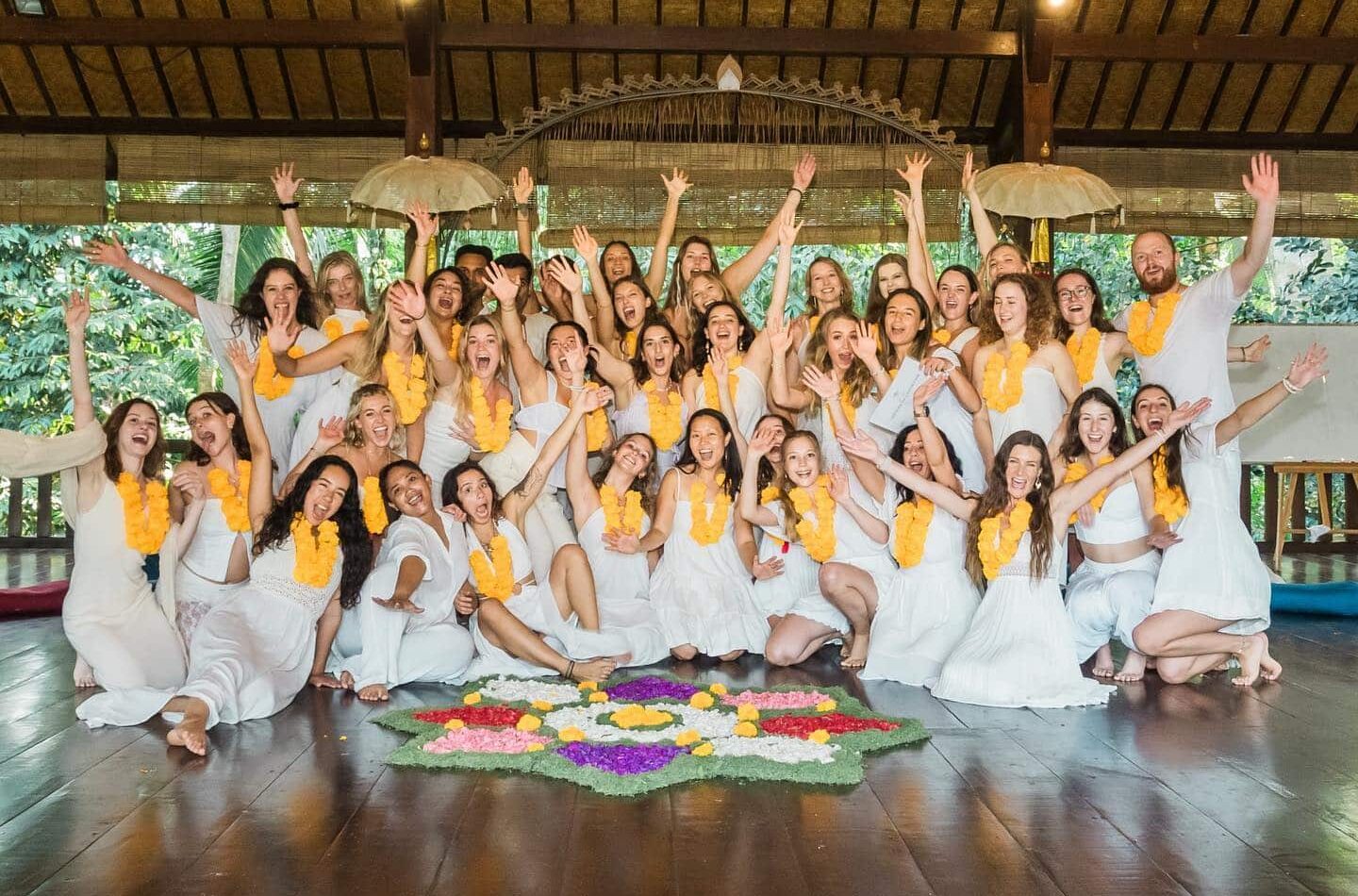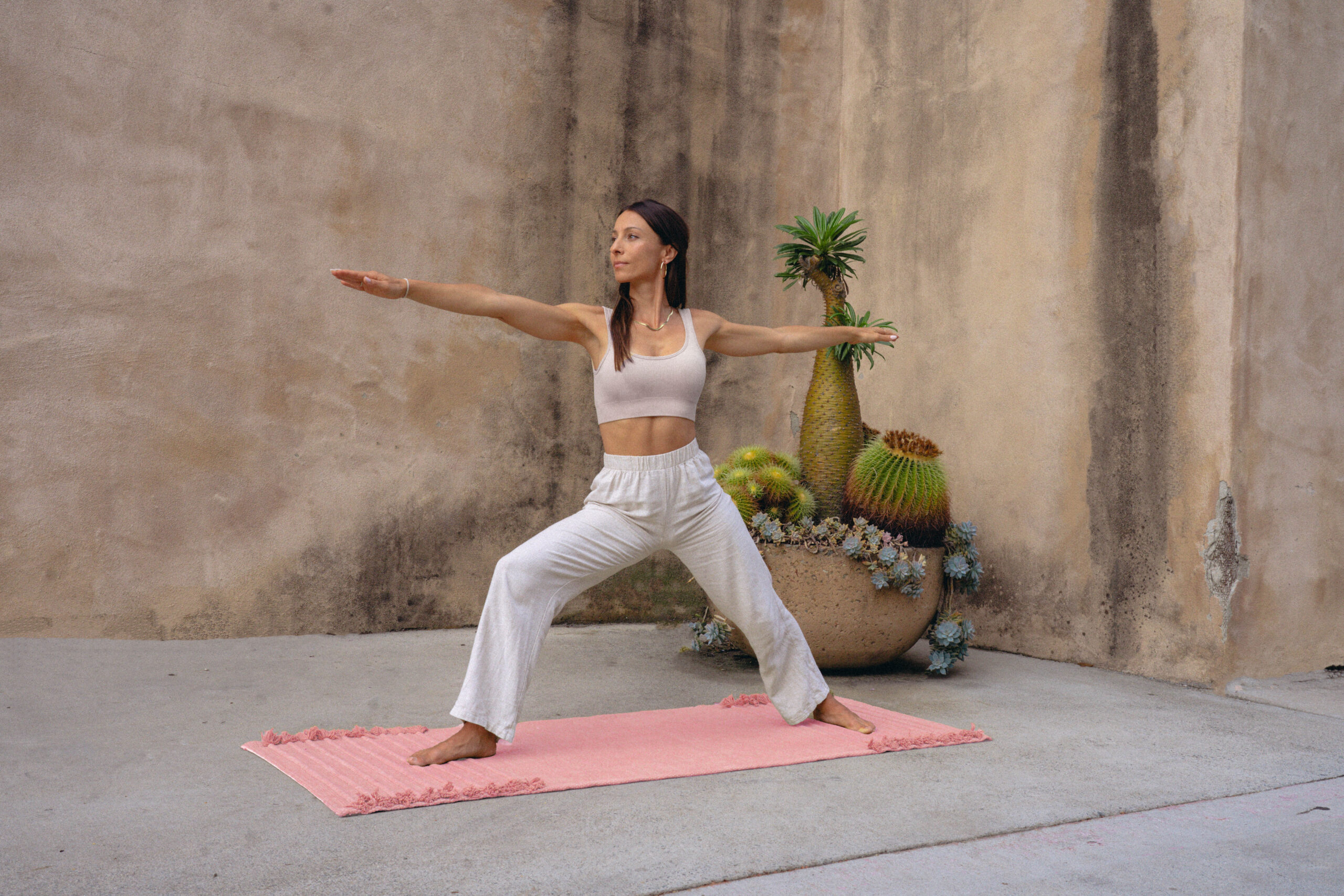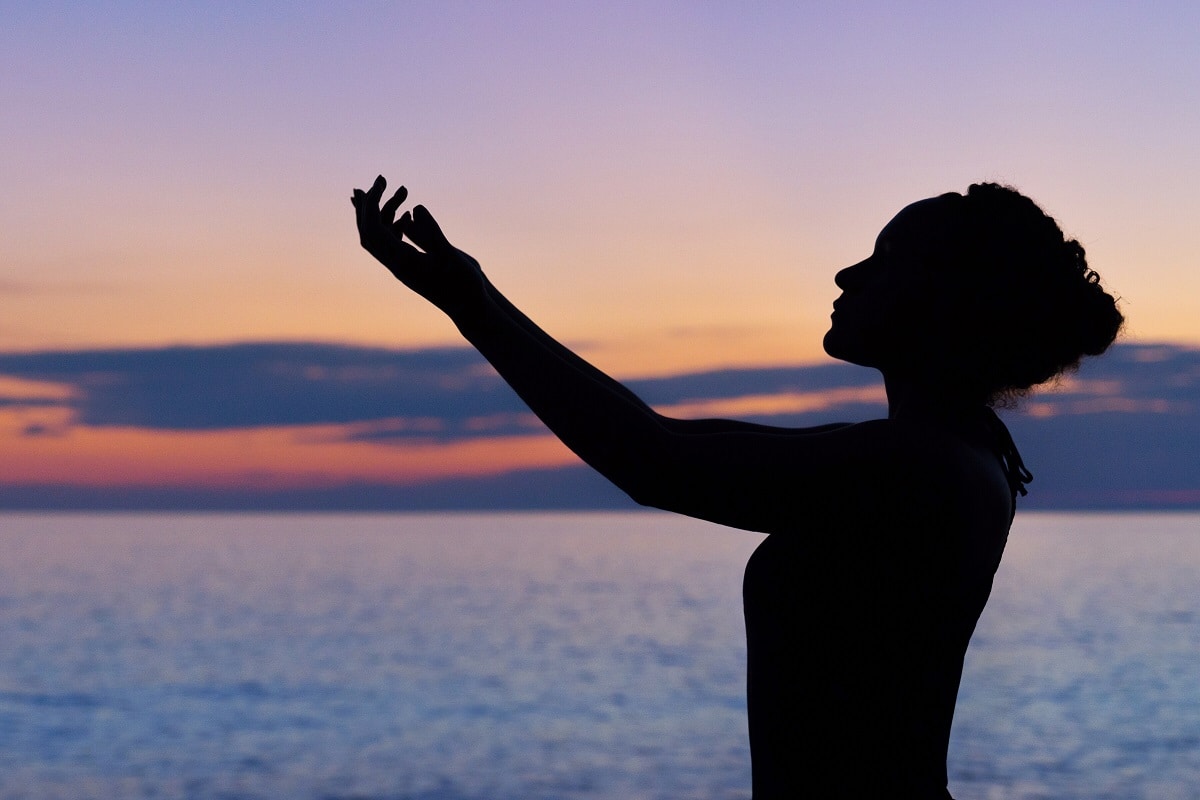
By: Anan, Nutritionist and Certified Yoga instructor
If you are thinking about heading off to a meditation retreat, let me briefly introduce the concept for you: Meditation is an uninterrupted state of conscious awareness by fixing your mind on some internal or external focus point, with the goal of slowing down the brain to achieve a liberated conditioned mind. So while attending a retreat specifically designed for meditation, you will be withdrawn from your everyday surroundings, pulled away from your routines, offering you a situation of expansion of individual consciousness, and reach union with the transcendent consciousness.
This only can be done by breaking the ties created by the Ego or Ahamkara, ceasing the “i”-identification (the sense of “I”) in objects and creatures, adopting a completely detached witness attitude. To experience this, one does not have to sit with their eyes closed. Even with eyes open this feeling can be experienced. Thinking is the impediment to experiencing, thought is always dependent, conditioned, never free, and will always be the continuation of the past or the imagination of the future. Believe it or not, enlightenment is our intrinsic nature and we should always prioritize the bliss, but that’s not easy under the order of the modern system of living. So that’s why we created a list of things to understand before you embark on a journey of a lifetime. Enjoy!
SANKALPA SHAKTI (Power of determination)
Same with every action we perform in life, it is always good to have a clear intention (Sankalpa) residing in our hearts. What is taking you on this innovative journey?
Some people come for healing of the mind, heart, or body. Others find themselves dealing with some changes and come to listen carefully to their deepest desires to forward decide which direction to take, while others are just in search of solitude to reduce accumulated stress finding a more Zen state. It is also possible that you are taking the challenge to go deeper into your spiritual practice after progressing successfully in other sadhanas (practices) previous to meditation like Asana (preparation of the body) and pranayama (conditioning the nadis or subtle channels) to finally begin to concentrate the mind (Dharana).
Whichever is your reason, know that there is absolutely no prerequisite to enroll in a meditation retreat. It is open to all levels from complete beginners to super experienced sadhakas (spiritual practitioners).
AN INTROSPECTIVE JOURNEY
It’s important to be aware of the scene you are putting yourself in, and the truth is that you are going to walk this path exclusively by yourself.
You will probably be invited to turn off any devices like smartphones, tablets, laptops, or anything that can reach the outside world. This will help you to fully concentrate on your meditation practice without any distraction. Hence, leaving you totally solo on this journey.
And that’s great because the subject here is your own mind.
In a Vipassana retreat, for example, you will be surrounded by fellow meditators, but you are not going to be having enticing conversations with them or sharing the whole experience while sharing the dining table. Surely a sense of connection will be there, but generally, no proper verbal interaction will be allowed. But don’t panic just yet! In other retreats, like East+West yoga and meditation immersion, you will be creating strong connections with the rest of the participants, thus, gaining friends for life!
In both cases, you will always be under experienced guidance, and if you have any doubts or questions, you will always capable to address the meditation instructor or assistant teacher.
WHAT YOU SHOULD EXPECT
I recommend you to do not have any expectations about the results or the experience itself. Those will vary depending on your previous state and on how open you are to change and improvement.
Most of the meditation retreats believe in silent meditations, whilst sitting for prolonged periods of time during the day. They can be done privately, which brings more time for self-study, due to smaller groups. Other options could in a larger group setting, where you probably will be invited to interact with the rest of the people. Some religious ascetics also isolate themselves completely, seeking total solitude.
The majority of the options will be totally or partially silent, wherein the latest you’ll have the freedom to be able to also participate in seminars, more than just listening to a master’s discourse.
Here we add a couple of schedules to give you a hint of what a day looks like:
VIPASSANA 10 DAY COURSE
4:00 a.m. Morning wake-up bell
4:30 – 6:30 a.m. Meditate in the hall or in your room
6:30 – 8:00 a.m. Breakfast break
8:00 – 9:00 a.m. Group meditation in the hall
9:00 – 11:00 a.m. Meditate in the hall or in your room
11:00 – 12 noon Lunch break
12:00 – 1:00 p.m. Rest, and interviews with the teacher
1:00 – 2:30 p.m. Meditate in the hall or in your room
2:30 – 3:30 p.m. Group meditation in the hall
3:30 – 5:00 p.m. Meditate in the hall or in your room
5:00 – 6:00 p.m. Tea break
6:00 – 7:00 p.m. Group meditation in the hall
7:00 – 8:15 p.m. Teacher’s discourse in the hall
8:15 – 9:00 p.m. Group meditation in the hall
9:00 – 9:30 p.m. Question time in the hall
9:30 p.m. Retire to your room; lights out
EAST+WEST MEDITATION RETREAT
8:00 – 9:15 AM Morning Yoga/Meditation
9:30 – 11:30 AM Breakfast
11:30 – 1:00 PM Daily Philosophy
1:00 – 5:00 PM Relaxing/ Free Time
5:00 – 6:30 PM Evening Meditation
5:30 – 7:30 PM Dinner & Celebration
As you can see above, some other activities more than just meditation can be held in this kind of retreat:
Chanting of bīja mantras; as you already must know, every form of sound is vibrational energy. These bīj (seed in Sanskrit) mantras are one-syllable sounds that are intimately connected to our life energy and resonate with us balancing and purifying the body.
Each one has a specific action in each associated part of the body; Aum (Primordial sound), Hrīm (Shakti),Klīm (desire), Krīm (union), Shrīm (delight), Trīm (fire), Strīm (peace), Hlīm (protection),…are some examples of this powerful mantras, also the most known -LAM, VAM, RAM, YAM, HAM, YAM, AUM- which are associated to each one of the 7 chakras -MOOLADHARA, SVADHISTHANA, MANIPURA, ANAHATA, VISHUDDHI, AJNA- respectively. The crown chakra or SAHASRARA is the connection between Atma & Paramatma (individual & cosmic consciousness) and doesn’t have a bîj mantra associated.
Pranava pranayama: breathing technique using the Omkara sound (AUM) which has huge healing potential, affecting all aspects of existence together (gross, subtle and causal).
Discourses about dharma and karma, that will inspire you every day, and maybe talks about ancient Vedic texts will enhance and help you improve taking forward your abhyasa (practice). Those teachings are timeless, universal and meant for all.
Walking meditations through the woods, or beach, depending on the background scenario chosen for your particular case. These are gonna be a good opportunity to stretch your body, especially after long sitting meditation sessions.
NOURISHING TIME!
Vegetarian friendly meals, according to Ayurvedic diet, will be served from the beginning to end of the retreat guaranteeing lightness and optimal nourishment, incorporating the 6 rasas or tastes, (sweet, bitter, pungent, sour, salty and astringent), the seven primary colors of spectral light (matching with the 7 chakras) all together presented in fresh, delicious and healthy meals that you will be expecting as a child anxiously awaits their birthday!
SOME TOOLS FOR A GREATER EXPERIENCE
Please also consider the points below before sending your application to the desired retreat:
Attend an introductory course: There you will get a glimpse of the meditation practice you will be adopting/ applying during the course, likewise the activities, schedule, and específic rules.
Bring comfortable clothes: cotton, loose-fitting, seamless pieces are good to feel less heavy and they won’t bother you while adopting steady postures.
Try to make your sitting posture as much comfortable as you can, and make sure your back is always straight. If you don’t have experience sitting for hours don’t hesitate to help yourself with the use of a mat, cushions, meditation pillows and chairs, or anything that will ease the discomfort, as staying still for a long time without 100% comfort will surely become an agony.
When the awareness wanders away, bring it back to the breathing rhythm. Observing your breath during the whole process is the password to enter equanimity, the state of non-duality, meaning a state of no judgment and no classification, which will lead you to a more peaceful mind
Meditation might not always heal your wounds but can change your reaction to them. Instead of resisting or reacting, try to take a step back and witness it, neutrally watching arising and dissolving thoughts, emotions, and patterns.
JUST SURRENDER
Often we don’t notice the agitated mind because we are too busy with our lives at work, or even simply enjoying our hobbies, relationships, vacations, or worrying about payments or expenses. With all this available time to observe your mind, you will notice the speed and the volume of your thoughts, realizing the hectic activity of your never stopping brain.
Our minds determine the quality of our lives and relationships, so taking this little dip to know yourself better will help you see things as they really are, leading you to ultimate happiness and freedom from suffering. Surrender to the power of your practice!
SOME POPULAR AND INTERESTING RETREATS
EAST+WEST (Yoga & meditation immersion) – check our retreat for a different and original experience with authentic Indian Masters: http://ww.yogaeastwest.com
VIPASSANA (insight meditation by the teachings of S.N.GOENKA) – they offer course all around the globe and donation based: http://www.dhamma.org
KOPAN MONASTERY (BUDDHIST meditation) – different kind of retreats, privately or group in Kathmandu, Nepal: http://www.kopanmonastery.com
TUSHITA (DALAI LAMA’S teachings) in beautiful Dharamsala, North India – invite you to a variety of courses, group practices and healing workshops http://www.tushita.info



